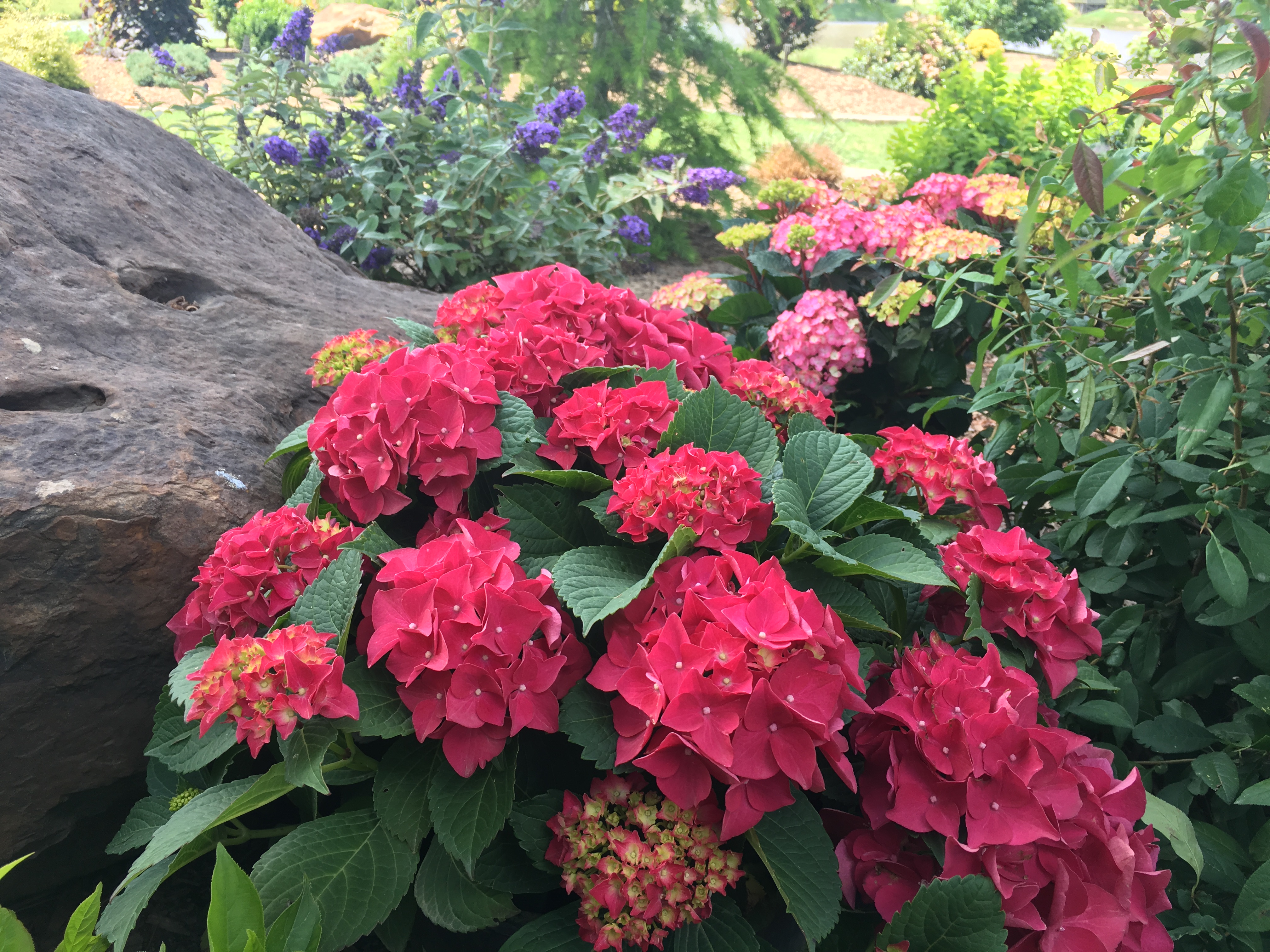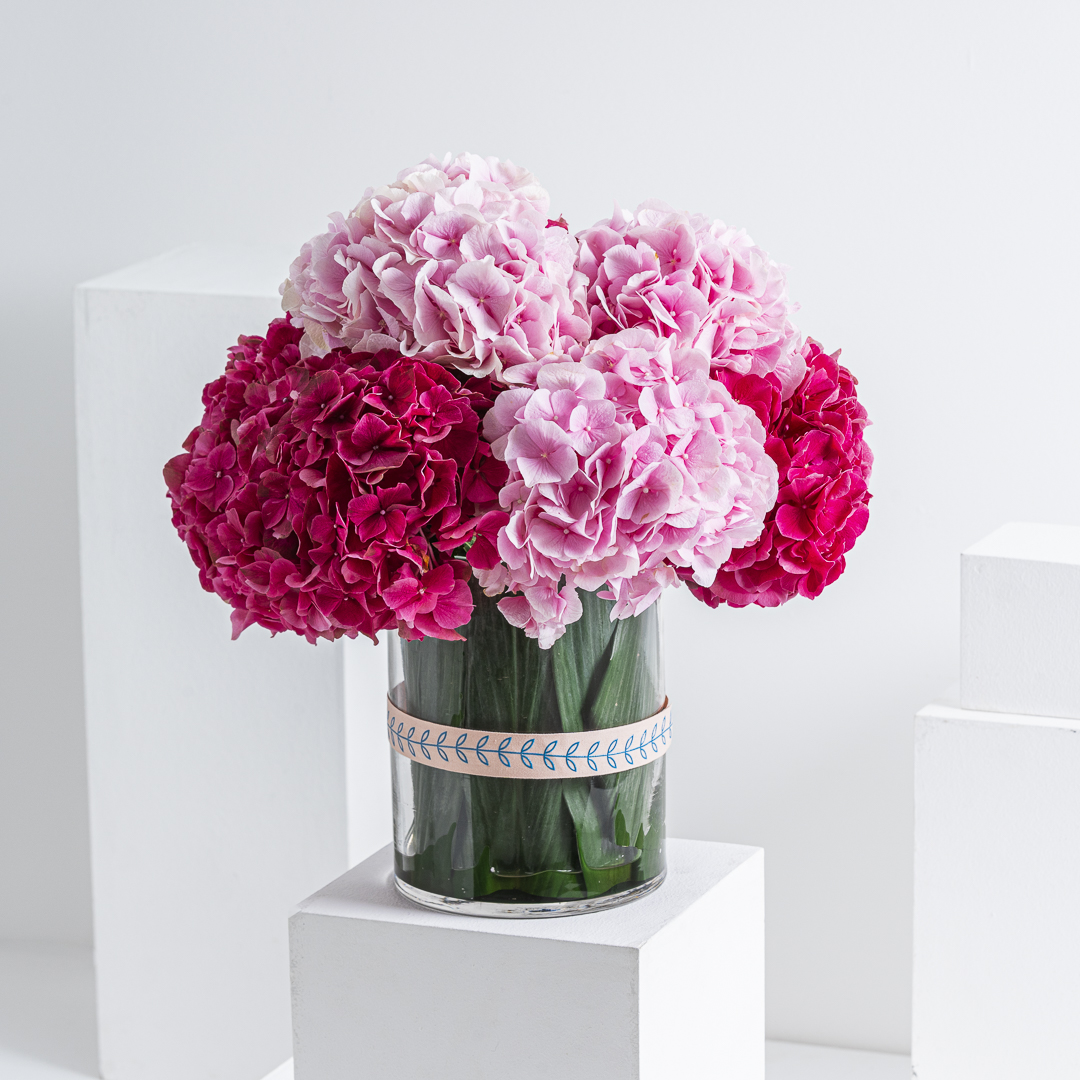Fuchsia Hydrangea: The Ultimate Guide To Growing And Caring For This Beautiful Flower
Fuchsia Hydrangea: The Ultimate Guide to Growing and Caring for This Beautiful Flower
Fuchsia hydrangeas are a stunning addition to any garden. With their large, colorful blooms, they can add a touch of elegance and beauty to any landscape. However, fuchsia hydrangeas can be a bit tricky to grow, so it's important to know how to care for them properly.
In this guide, we will discuss everything you need to know about growing and caring for fuchsia hydrangeas. We will cover topics such as:
- Choosing the right location
- Planting and fertilizing
- Pruning
- Watering and pest control
- Overwintering
By following the tips in this guide, you can ensure that your fuchsia hydrangeas will thrive for years to come.
Choosing the right location
Fuchsia hydrangeas prefer partial shade, so it's important to choose a location that gets some sunlight but not too much. Too much direct sunlight can scorch the leaves and flowers. An ideal location would be in dappled shade, such as under a tree or in a shady border.
The soil should be well-drained and slightly acidic. If your soil is alkaline, you can add some peat moss or sulfur to lower the pH.
Planting and fertilizing
Fuchsia hydrangeas can be planted in the spring or fall. When planting, make sure to dig a hole that is twice as wide as the root ball. Backfill the hole with soil that has been amended with compost or other organic matter.
Fuchsia hydrangeas need to be fertilized regularly. A balanced fertilizer, such as 10-10-10, can be applied in the spring and fall. You can also use a fertilizer that is specifically formulated for hydrangeas.
Pruning
Fuchsia hydrangeas should be pruned in the spring, before new growth begins. Pruning will help to encourage new blooms and to maintain the shape of the plant.
Watering and pest control
Fuchsia hydrangeas need to be watered regularly, especially during the summer months. The soil should be kept moist, but not soggy.
Fuchsia hydrangeas are relatively pest-resistant, but they can be susceptible to scale, aphids, and spider mites. If you see any pests, you can treat them with insecticidal soap or neem oil.
Overwintering
Fuchsia hydrangeas are hardy in USDA zones 6-9. In colder climates, they will need to be overwintered in a protected location. You can bring them indoors or move them to a cold frame or unheated garage.
Conclusion
With proper care, fuchsia hydrangeas can thrive for many years. By following the tips in this guide, you can ensure that your plants will be healthy and beautiful for years to come.
If you're looking for a stunning shrub that will add a pop of color to your garden, look no further than the fuchsia hydrangea. These beautiful flowers come in a variety of shades, from fuchsia to pink to blue, and they're sure to turn heads.
But fuchsia hydrangeas are not just about their good looks. They're also relatively easy to care for, making them a great choice for even the most novice gardener. They prefer full sun to partial shade, and they need well-drained soil. Water them regularly, especially during the hot summer months, and they'll reward you with a season of beautiful blooms.
To learn more about fuchsia hydrangeas, I recommend visiting . This website has a wealth of information on everything from planting and care to pruning and propagation. You'll also find beautiful photos of fuchsia hydrangeas in bloom, so you can get an idea of what to expect in your own garden.
FAQ of fuchsia hydrangea
Q: What is a fuchsia hydrangea?
A fuchsia hydrangea is a hybrid plant that combines the best features of both fuchsias and hydrangeas. It has the beautiful, bell-shaped flowers of a fuchsia, but the larger, more showy blooms of a hydrangea. Fuchsia hydrangeas are also known as "panicle hydrangeas" or "lacecap hydrangeas."
Q: How do I care for a fuchsia hydrangea?
Fuchsia hydrangeas are relatively easy to care for, but they do require some specific conditions. They prefer full sun to partial shade, and well-drained soil. They should be watered regularly, but not too much. In the winter, they should be protected from frost.
Q: What are the different colors of fuchsia hydrangeas?
The flowers of fuchsia hydrangeas can be a variety of colors, including pink, red, blue, white, and purple. The color of the flowers can vary depending on the variety of fuchsia hydrangea, the soil pH, and the amount of sunlight the plant receives.
Q: How long do fuchsia hydrangeas bloom?
Fuchsia hydrangeas typically bloom from late spring to early fall. The exact blooming period can vary depending on the variety of fuchsia hydrangea and the climate.
Q: How do I propagate a fuchsia hydrangea?
Fuchsia hydrangeas can be propagated by cuttings or by division. Cuttings should be taken in the spring or summer from healthy, new growth. Division can be done in the fall or spring.
Image of fuchsia hydrangea
- Image 1: A close-up of a single fuchsia hydrangea flower. The petals are a deep pink color with a white center.

- Image 2: A cluster of fuchsia hydrangea flowers in bloom. The flowers are a variety of shades of pink, from light pink to deep fuchsia.

- Image 3: A fuchsia hydrangea shrub in full bloom. The shrub is covered in large, pink flowers.

- Image 4: A fuchsia hydrangea in a garden setting. The hydrangea is planted next to a white picket fence and a blue hydrangea.

- Image 5: A fuchsia hydrangea in a vase. The hydrangea is surrounded by greenery and makes a beautiful centerpiece.

Post a Comment for "Fuchsia Hydrangea: The Ultimate Guide To Growing And Caring For This Beautiful Flower"